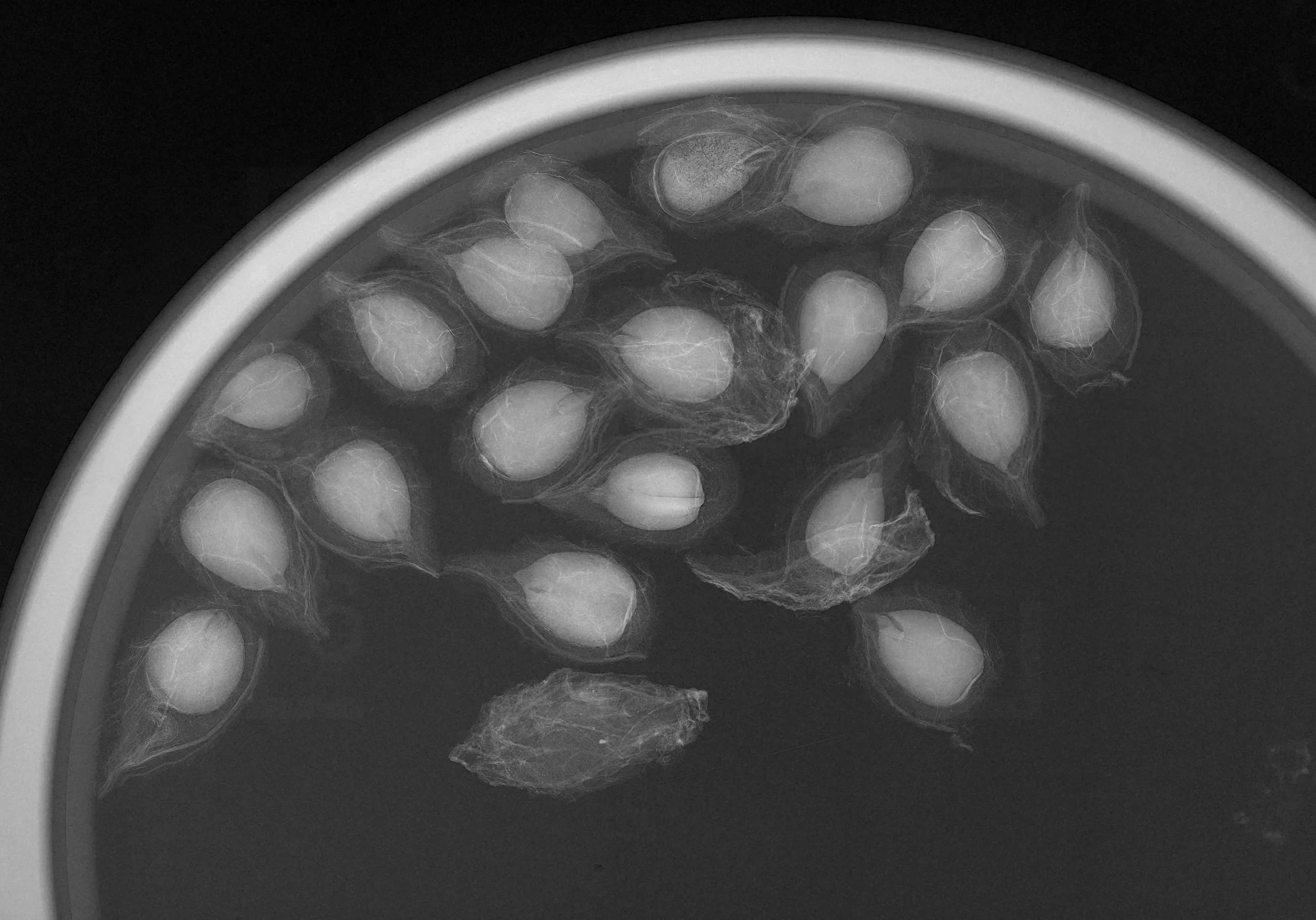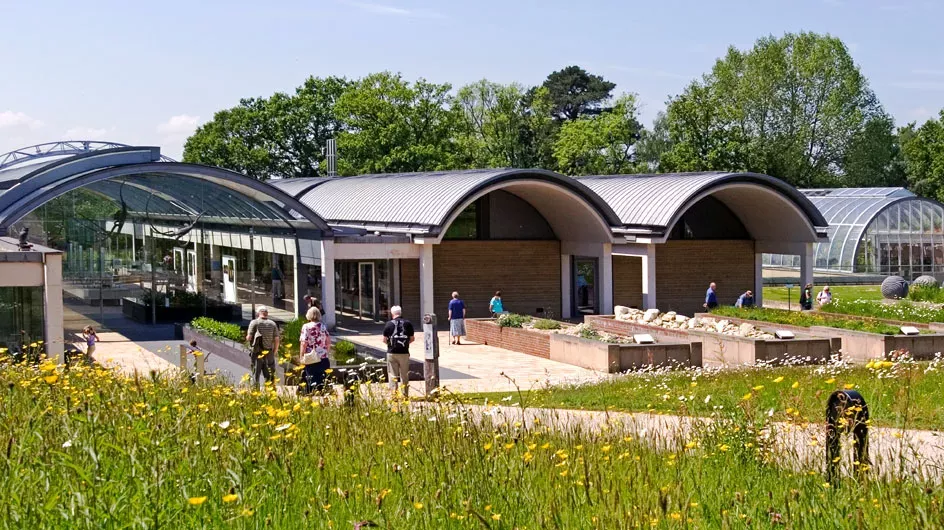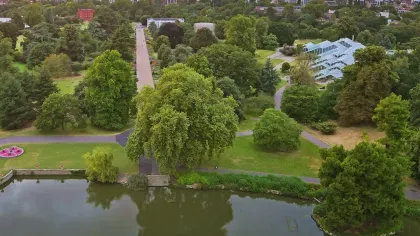25 November 2019
Saving our elm trees from a deadly disease
Learn how we are helping to bring Britain's Wych elms back from the brink

The Wych elm (Ulmus glabra) is believed to be the only elm species that is truly native to the UK.
Even the English elm (Ulmus procera), despite its name, is an ancient introduction to the UK believed to have arrived with the Romans.
In the UK, there has been a devastating decline in elm populations since the arrival of Dutch Elm Disease, one of the most destructive tree diseases of the 20th century.
Before the decimation of the British elm population, they were the second most important broadleaf timber trees in Britain after oak.
Elms are also highly valued for adding beauty to our landscapes and supporting many other species in UK native woodlands, such as the White-letter hairstreak butterfly.
Conservation of British elms, such as Wych elm, is essential to avoid losing these national treasures forever.
Which is Wych?
The Wych elm has oval leaves which have an asymmetrical base, toothed edges, and taper to a fine point at the tip.
When in bloom, the Wych elm displays beautiful red to purple flowers that grow in clusters along its branches.
Pollinated flowers produce small, winged fruits called samaras with seeds at their centre, which are dispersed by wind.
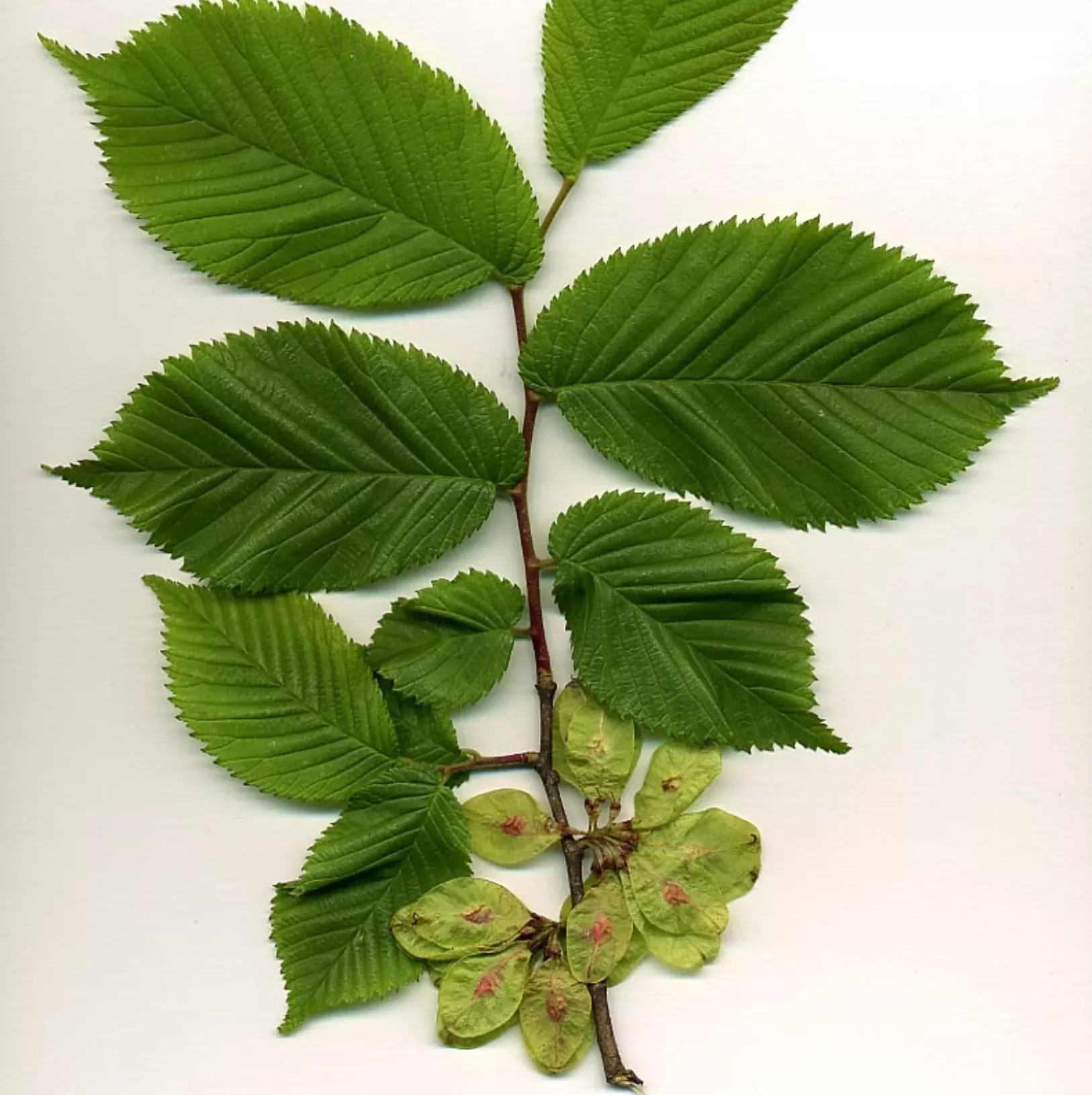
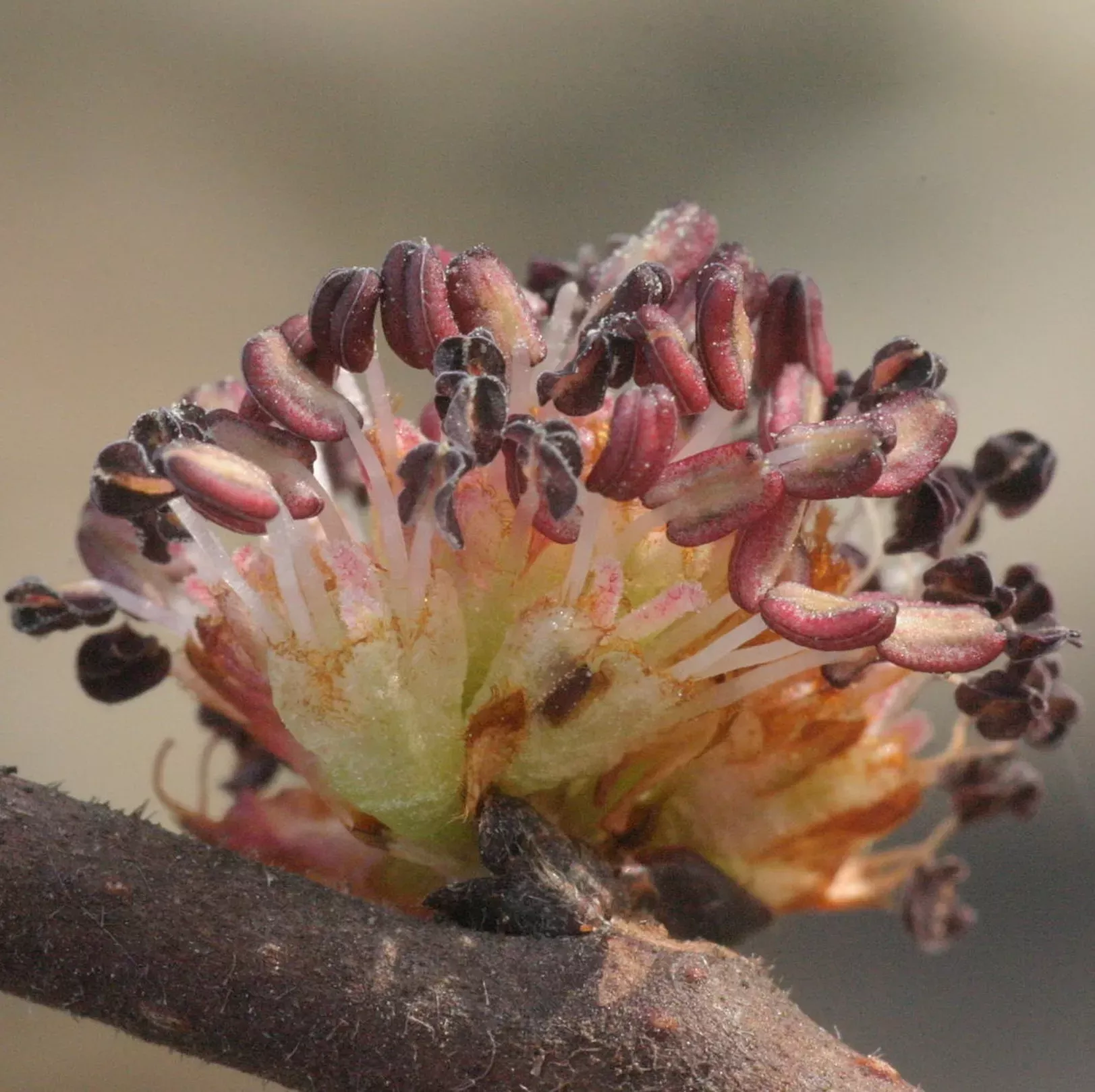
The deadly disease
As a result of Dutch Elm Disease, Wych elm is now less common in the UK and is classified as vulnerable within Europe according to the IUCN Red List of European species.
Dutch Elm Disease is caused by an Asian fungus (genus Ophiostoma).
It is spread by elm bark beetles (Scolytus multistriatus), which tunnel beneath the bark of trees to feed and breed, leaving behind enchanting engravings on tree trunks.
The disease stops water transportation within the plant, resulting in the wilting of its leaves and ultimately its death.
In the 1970s, a catastrophic outbreak of the fungus, Ophiostoma novo-ulmi, killed 90% of British elms, an estimated 25 million trees.
This huge impact on the British countryside is still very evident to this day, with the almost complete loss of mature elm trees from woodlands, except in certain areas of Scotland.
Luckily, you can still see a single Wych elm tree in our collections here at Kew, on the lawn just beyond the Treetop Walkway.
Did you know?
- Dutch Elm Disease did not originate from Holland. In fact, it gained that name because much of the original research on the disease was undertaken by scientists in Holland in the 1910s.
- In the UK, Wych elms are now typically found in hedgerows rather than as large trees. Elm bark beetles generally prefer trees with wider trunks, so hedgerow individuals are more likely to escape Dutch Elm Disease.
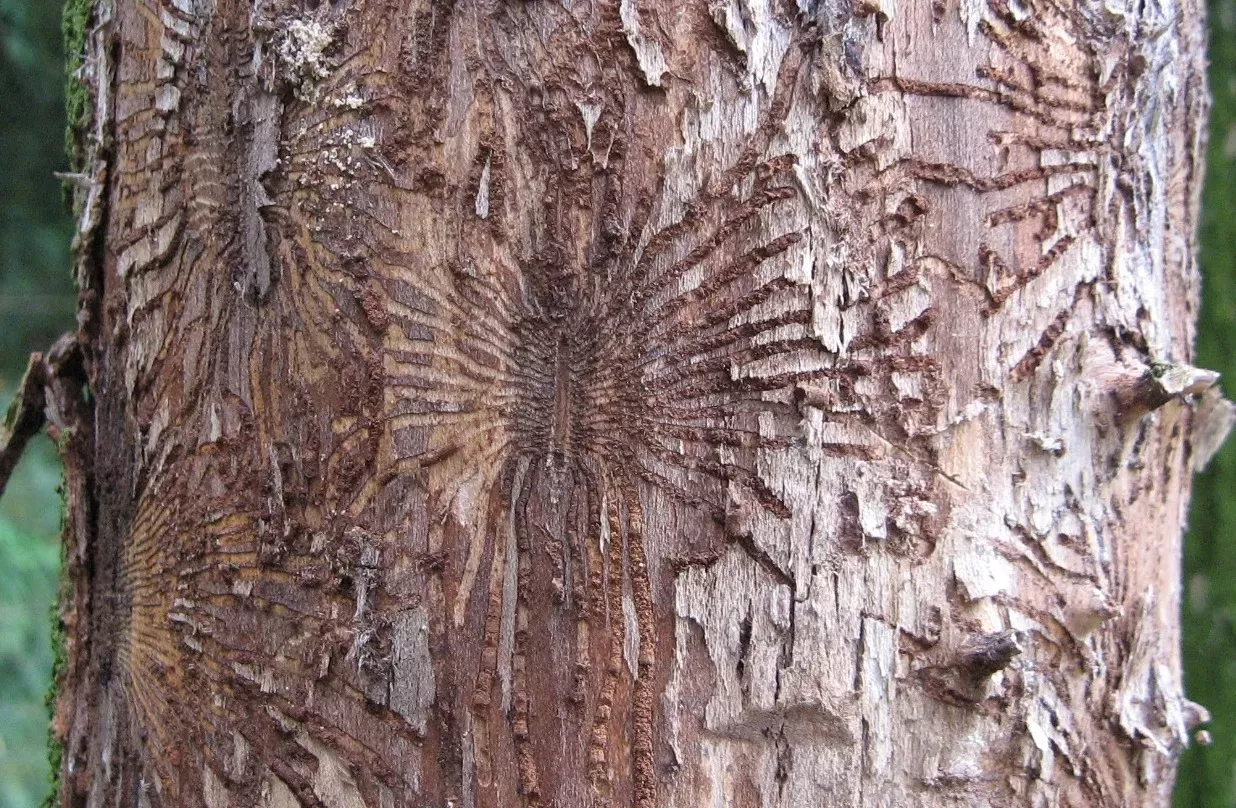
Seeds safely banked
The UK National Tree Seed Project (UKNTSP) was launched by Kew's Millennium Seed Bank (MSB) in 2013 thanks to funding from players of People’s Postcode Lottery.
Its aim is to collect and bank high quality and genetically diverse seeds of UK trees and shrubs, to support their long-term conservation in the face of climate change, pests and diseases.
These seed collections are made by either teams here at Kew, or the UKNTSP partner organisations and their volunteer groups.
The project's highly important, UK-wide partners monitor tree and shrub populations in their local area, to ensure collections are made when seeds are ripe and best suited for long term storage in the MSB.
Thanks to the UKNTSP, there are currently 52 collections of Wych elm seeds, totalling more than 309,000 seeds, from as far apart as the highlands of Scotland, down to Devon and across from Suffolk to County Fermanagh.
These seed collections provide a vital and sustainable resource for research and conservation.
Research into elm resistance to Dutch Elm Disease will not only help conserve and restore British elms back into our landscapes, but also provide vital new insights into pest and disease resistance to protect the health of our trees.
